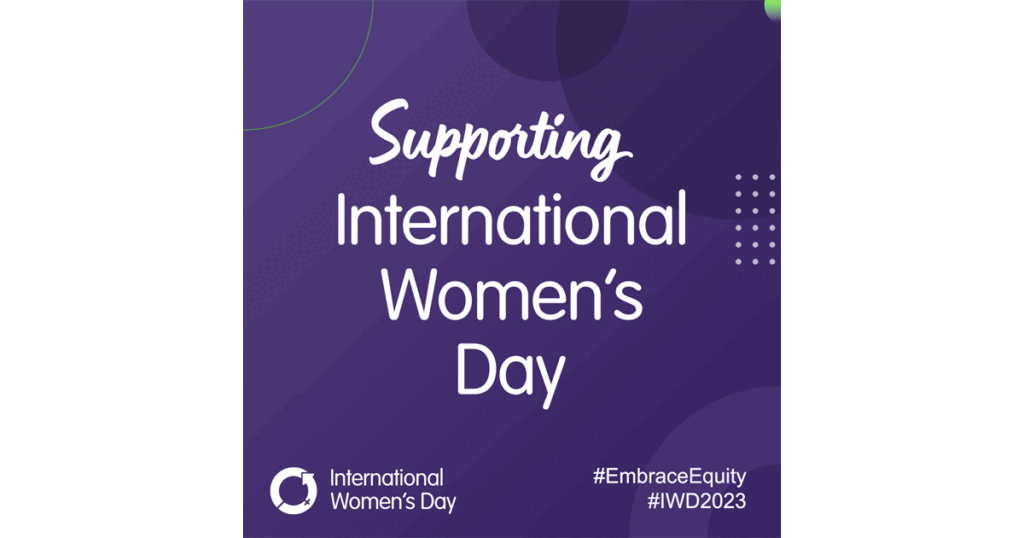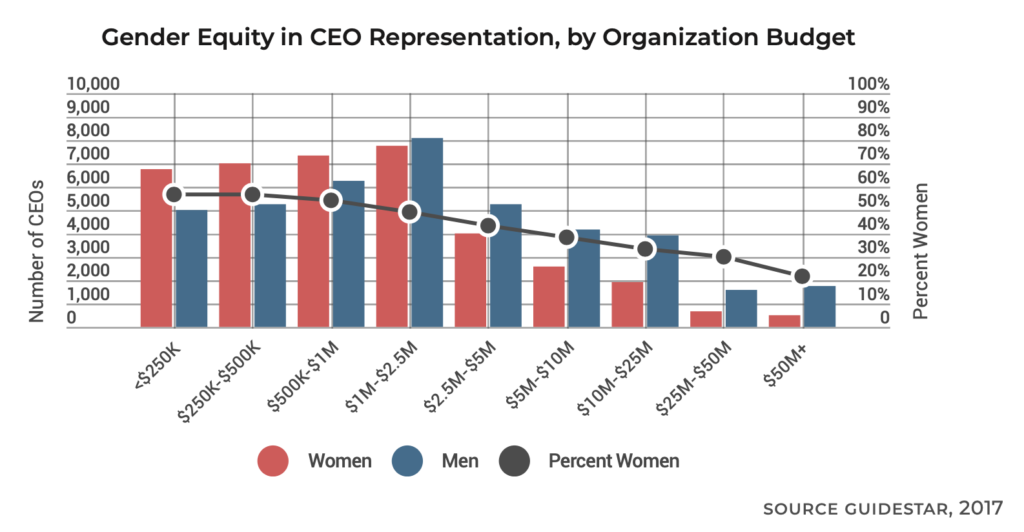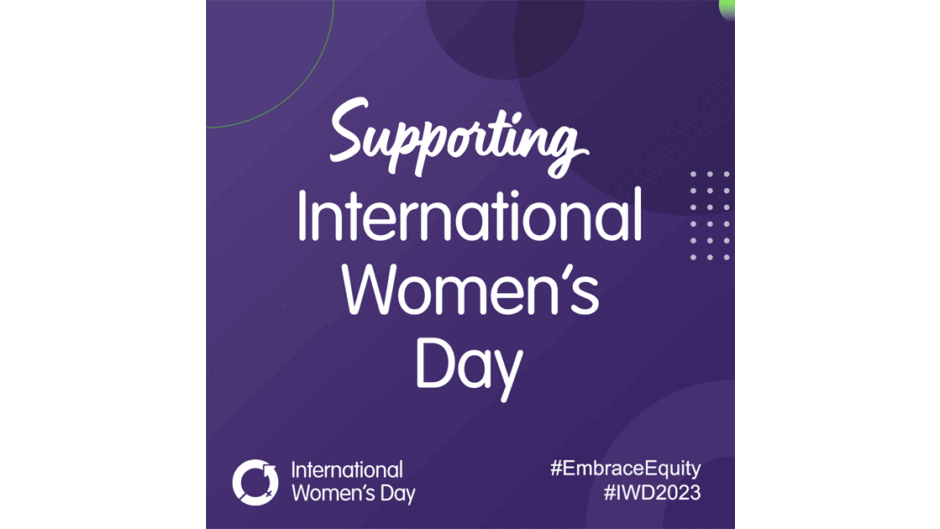
I have taken the opportunity of International Women’s Day over the past few years to highlight some of the many women that have inspired me as a fundraiser and helped shaped me as a person. You can read the post here. This year, I thought I would address “Women and Fundraising”. According to “The White House Project: Benchmarking Women in Leadership” report, 75% of the nonprofit sector labor force is women. Women are playing a central role in the charitable giving space, that is clear. According to “Women and Million Dollar Giving: Current Landscape and Trends to Watch” report, women represent 51% of total wealth in the U.S.—that’s a grand total of over $25 trillion.
Women are more often than not the drivers of philanthropy these days. That is why there are so many success stories coming from nonprofits when there is an intentional focus on women. Of the Top 50 gifts of 2022, 52% were from women themselves or from couples. Women and fundraising are here to stay.
Pet Peeve
While that is a great accomplishment, one of my “pet peeves” is that even though nonprofits employ many women, the proportion of women in the CEO position is not proportionate. There is a huge disconnect there. The only place where women consistently rise to leadership positions is at small nonprofits. Women’s lower rates of leadership at large organizations is very predictable, according to Young-Joo Lee, director of the Master’s program in Nonprofit Management at the University of Central Florida. Lee’s research found that for each additional million dollars in annual revenue, a nonprofit is 0.2 percent less likely to hire a woman as its CEO. Yes, you read that correctly. LESS.

One of the more interesting reports I have come across is the “Broken Ladders: Barriers to Women’s Representation in Nonprofit Leadership” by the AAUW (American Association of University Women). Not only does it outline some barriers that women are facing while rising to the top, it underlines the fact that this issue is even more pronounced when looking at racial or ethnic minority women.
How To Fix This
So it is all fine and dandy to point out the many foibles of the system. But how do we affect change? Especially from people like me — white males. There are some great recommendations from this report that I will share. Up here in Canada, we have different labor laws and some recommendations are part of our society (like maternity leave and equal pay), so I will leave those out. One inference that I found interesting is that if there is a majority of the board that is female, it is more likely to hire a female CEO (though that seems to make perfect sense to me).
Recommendations
- Improve data collection on women in leadership. Many people say that if you cannot measure it, it is not worth doing. There are not consistent modes of measurement — some studies only look at paid positions, some studies only look at volunteer positions, etc.
- Support Mentorship Opportunity for Women. Women, and in particular women of color, suffer from a lack of well-positioned mentors who can help them gain the skills, experience, and connections needed to achieve leadership positions. Despite making up most of the workforce in the nonprofit sector, there are still relatively few women in top positions who could offer the guidance and assistance needed by women who want to advance.
- Understand Bias Against Women Leadership. Across all sectors and segments of the population, most people more readily associate leadership with men than with women. This means that women seeking promotions and senior leadership positions may face subtle or implicit bias that can prevent them from achieving their goals. (Just think of the vitriol that Hillary Clinton endured in her run for President. Some of that was definitely engrained gender bias.) Even when women are in the majority, as among nonprofit employees, subtle bias against women in leadership may still be common in the workplace.
Conclusion
In conclusion, I think the first step in addressing this problem is to address publicly that this is a problem. Only by calling out the elephant in the room can we, as a profession, hope to make the change that is necessary. And, as a bonus, I urge all of you (Canadians) to check out Deborah Rosati’s initiative — Women Get on Board, a member-based group that connects, promotes and empowers women to corporate boards. They do this through an engaged community of women and men in Canada committed to advancing gender diversity in the boardroom.
Until next week.
L’chaim,
jack




